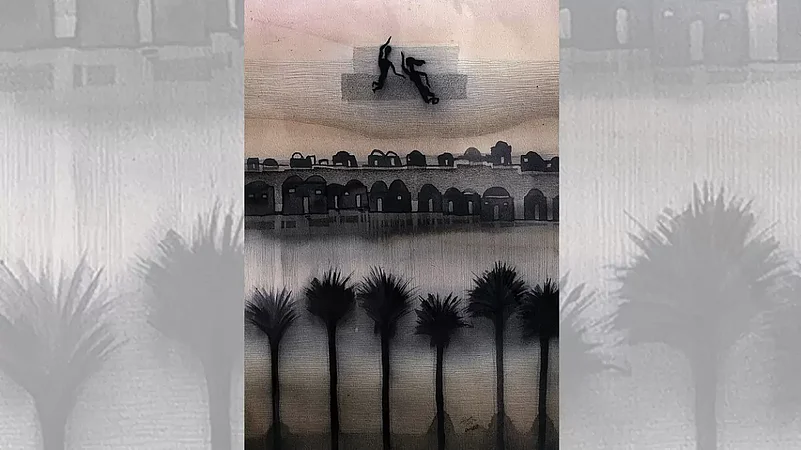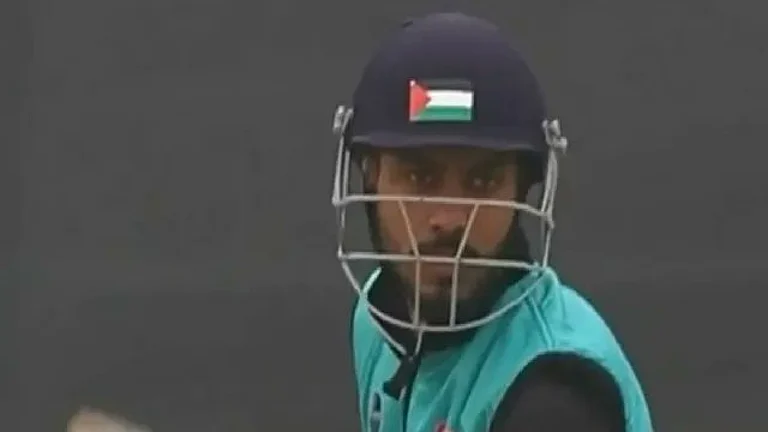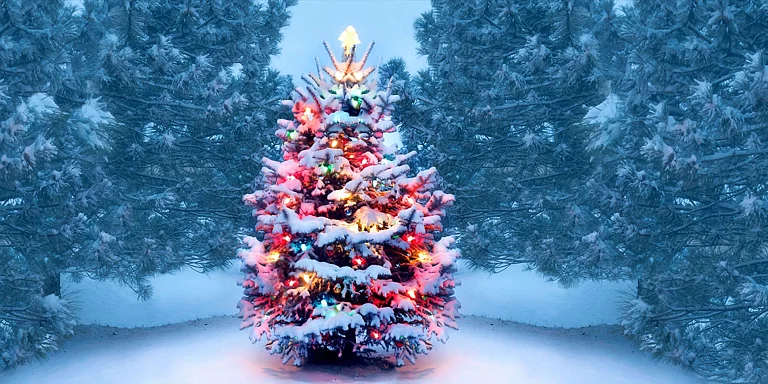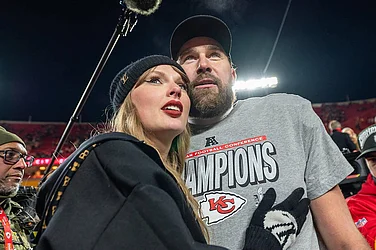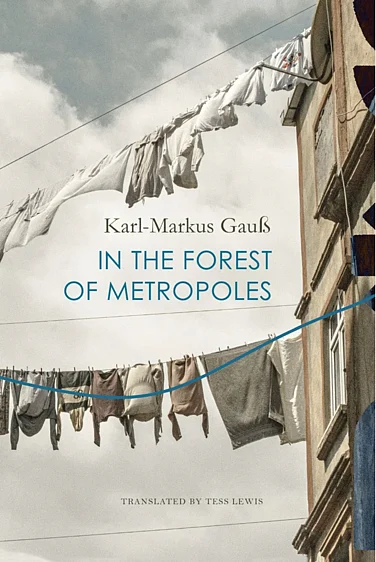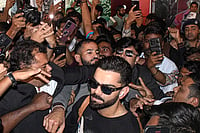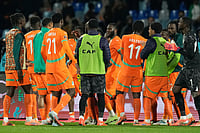My mother was an orphan, and for a time had danced and sung at the festivals of the local fellahin. She was adopted by an uncle called Qaddura, a giant of a man, quite robust. He lived with his brother, I believe, in this very monastery. They were armed robbers. Whenever a cow or a mare disappeared, everyone said it was at the monastery, where no one dared to go. One moonlit night, as he was riding his donkey back home, a ‘rogue’ snake struck Qaddura’s right foot. He leapt off at once, and jumped about until the snake withdrew its fangs. By the time he arrived at the monastery, he was exhausted, and may have died right where I am standing at this moment. When I was a child, my mother swore she’d seen that ‘rogue’ snake flying over the moonlit mountains, trilling with joy for having killed Qaddura. The ‘Qasaba snake’ had horns like an old bull, she told me, and its hiss made the dry shrubs shiver.
The notion of the ‘memory of place’ came to mind as I stood there among the ruins. To the west, at the summit of a mountain covered with a forest of pine, cypress and oak, shine the bright halogen lights of the settlement that the Israelis call Halamish and we, the ‘Nabi Saleh Settlement’. Cold floodlights and barbed wire everywhere. The settlement seems to be afloat in space, perhaps because of the bright lights, as though it hasn’t yet touched land or history. What does a settler from Russia or Estonia, who arrived perhaps no longer than a year ago, see when he opens his window and gazes at these mountains where I am now standing? What will he see and comprehend of these mountains, floating over the history out of which they have risen? He will certainly not see the snake that flies and trills, hear its cry, nor learn the secret that urges the one suffering from cancer to go wandering among the ruins at one o’clock in the morning. He will not touch history even if he were a soothsayer; not my history anyway, even if he were a god.

As I stood there among those ruins, I felt there was an enormous difference between the two kinds of light: moonlight, and the halogen light flooding out of the settlement. The latter is focused and oppressive, its glare extreme, reaching even beyond the barbed wire that isolates every such settlement from its environment. It is more like an ‘armed vision’, an occupation by means of vision, and the visual architect of a state in the delirium of armed visions lit by halogens even in its sleep. The settlement as a whole seems like a book about the soul, or about the relationship between light and power. No one has yet studied the relation between light and power.
It seemed I was seeing two memories side by side: the memory of snakes that trill with joy as they fly, and a memory made of visions and armed myths that dream of eradicating the snakes. (Didn’t Yitzhak Shamir, the previous Israeli prime minister, say ‘The Arabs are snakes?’) Between the two memories, the executioner’s and the victim’s, is a valley or an abyss, a chasm of some sort, and I am standing on its invisible edge. Could it be that the strange sound like the crying of a small child in this moonlit night was coming from the depths of that chasm?
When I returned home, I asked an uncle, who was older and had a greater store of memory, about the sound. “That’s the sound of a small animal called ghreriya. In the old days, they used to hunt it with dogs and shotguns. Its meat is delicious, but now it’s extinct. You might have heard the last ghreriya in the mountains.” “They’re not extinct,” I thought, “There were ghreriyas at the Ramallah hospital too. They were giving birth or being born on the upper floor. Or being preserved in the morgue refrigerator below. Indeed, I have seen them.”
I had formed a deep attachment to the Inner Monastery, as if captivated by the very act of standing in the path of what blew there from my ancestors’ memories in order to construct my beginnings from their endings. For example, I would try to imagine my mother’s uncle Qaddura playing his rabab as he stood on the roof, looking out onto the deep, moonlit valleys and terraced orchards that had been ploughed and planted. My mother swore that people heard him all the way over not only in the neighbouring villages but also in the distant ones. I imagined him hanging a shotgun on each of the Monastery’s four walls, climbing the narrow stone steps, spreading his cloak on the ground and starting to play. I do not like the rabab, I prefer the nay. Then I try to imagine that highwayman playing the nay.
They say that reeds hold a divine secret that God (All praise to Him!) had planted in the breast of Prophet Muhammad. Unable to bear it, the Prophet revealed the secret to AliIbn Abi Taleb, and entreated him to not tell anyone. But Ali could not bear it either, so he went to a deep and distant valley and revealed it to the reeds. From that day on, the sound of every nay made out of reeds sets free a divine secret that cannot be spoken in words. The sadness of the nay, Mevlana Jaluluddin Rumi tells us, is the yearning of the reed for the plant from which it was cut, its origin, its first valley.
For what origin did our Qaddura yearn, which beginnings?
(Excerpted from Among the Almond Trees: A Palestinian Memoir, translated with an Introduction by Ibrahim Muhawi, with permission from Seagull Books)
(This appeared in the print as 'The Inner Monastery')






